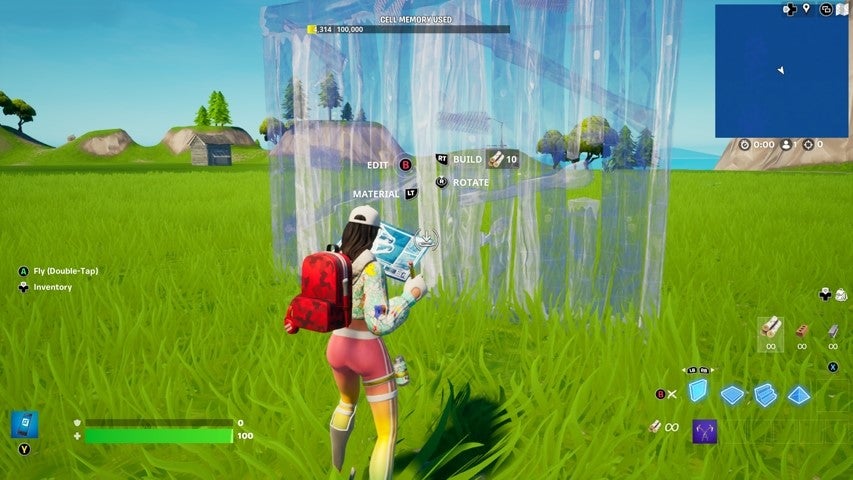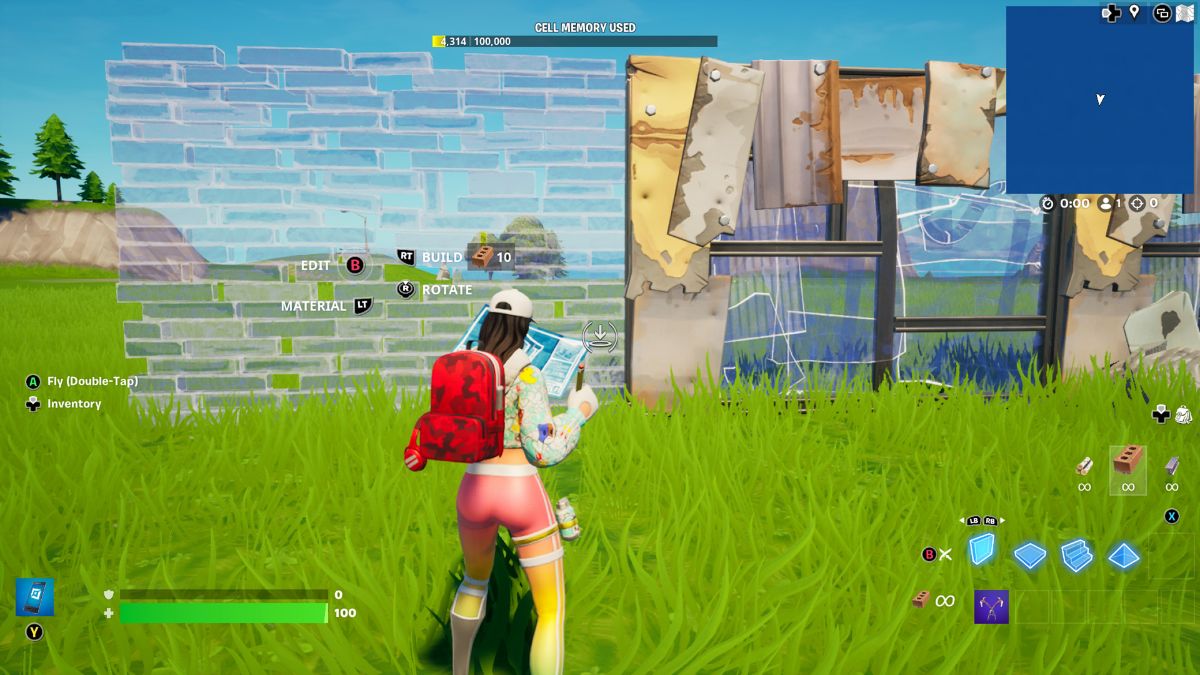![]() Key Takeaway
Key Takeaway
Knowing how to switch materials is a crucial element to successful building in Fortnite. You can cycle through the three different material types while in build mode to experiment with your structures.
Construction is a key part of the Fortnite experience. Whether you’re building cover in Battle Royale modes or constructing your dream forts in Creative, knowing how to switch materials helps ensure your buildings are at their best.
Table Of Contents
Using Materials in Fortnite
Building is an important feature in Fortnite and can make a real difference in your survival strategy. Aside from working as a helpful defensive tactic, players can use materials to build for a variety of purposes. Crafting ramps can help you to reach valuable items hidden in high places, for example.
Of course, one of the main uses for building in Fortnite is for placing sturdy walls between yourself and the line of fire. However, there’s more to construction than simply creating a defensive cover.
To get the most out of building structures, you’ll need to know how to efficiently gather and use their crafting components. Each material in Fortnite has a different type of durability, as well as a slightly different construction time.
Gathering and Constructing With Materials
There are three main material types available to use when building in Fortnite. Wood, brick, and metal are your main components for any successful structure. It goes without saying that in order to build with these materials, you’ll need to gather them first.
This is the case if you’re building in Battle Royale modes. However, in certain modes in Fortnite Creative, materials will be set to infinite. This means that you won’t need to gather them and can build at your leisure.
Wood
Wood is the least durable material but arguably the most readily available. You can gather wood by using your pickaxe to chop down trees and other wooden objects such as crates or shack walls. Wooden structures will build rapidly, but their longevity is pretty short when under attack.
Brick
Brick is a medium-durability resource and can be gathered from, unsurprisingly, stone surfaces and rocks. Brick structures will also yield stone materials, so try hacking down some houses. Structures built with brick will assemble more slowly than those built with wood. However, they do last longer under attack.
Metal
Metal is the most durable and resilient of the three available material types. It’s gathered from any type of metal structure, such as railings, vehicles, steel girders, or machinery, for example. Building with metal is a good idea for extended longevity as it lasts for a considerable amount of time under fire. However, this material takes the longest amount of time to build, so plan ahead if you want to construct metal structures.
How to Switch Materials
Switching materials is a good idea when you’re running low on one particular resource and need to complete a structure quickly. It’s also helpful if you need to create something sturdier than the default wood structure during a match. Finally, it’s a useful technique to know if you simply want to experiment with different materials.

To switch materials, you’ll first need to be in building mode. From here, you can switch through the different materials you want to use.
- PC: Enter building mode by pressing Q. With the default wall visible, you can cycle through each material by pressing the right mouse button. Confirm your build with the left mouse button.
- Xbox: Enter building mode by pressing the B button. From here, you’ll be able to switch your choice of material by cycling through the options with LT. Confirm your build with RT.
- PlayStation: Enter building mode by pressing the circle button. With the default wall piece visible, you’ll be able to switch materials using L1. Confirm your build using R2.
- Nintendo Switch: Enter building mode by pressing A. From here, you’ll be able to cycle through the material types using ZL. Confirm your build using ZR.
Tips When Working With Materials
These are the default settings for switching materials in Fortnite. It’s worth remembering that the game also has specific controller configurations on Xbox, PlayStation, and Nintendo Switch for Builder Pro. These options can be explored from the controller settings tab in Fortnite‘s main settings screen.
Materials can also be looted from eliminated opponents, which is one way to gather resources quickly.
The maximum amount of each material you can carry is 999. That’s unless you’re practicing your building skills on a Creative island of your own, in which case resources will be infinite.
You can build a range of structures to help you evade elimination. It might be a good idea to use metal and brick to craft reinforced foundations if you’re building a taller tower. Opponents will often try and topple your buildings from below, so this is harder to do if the bottom sections are sturdier.
Practice your building skills in Creative mode before testing them out in battle. You’ll be able to experiment with the different structural pieces and learn how to edit them. This will let you craft doors and windows in your buildings for further tactical advantages.


